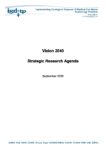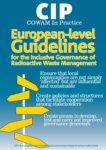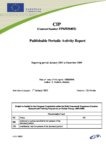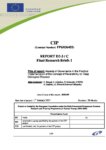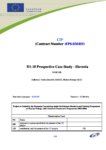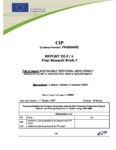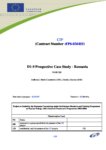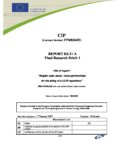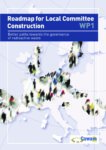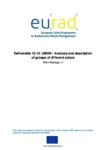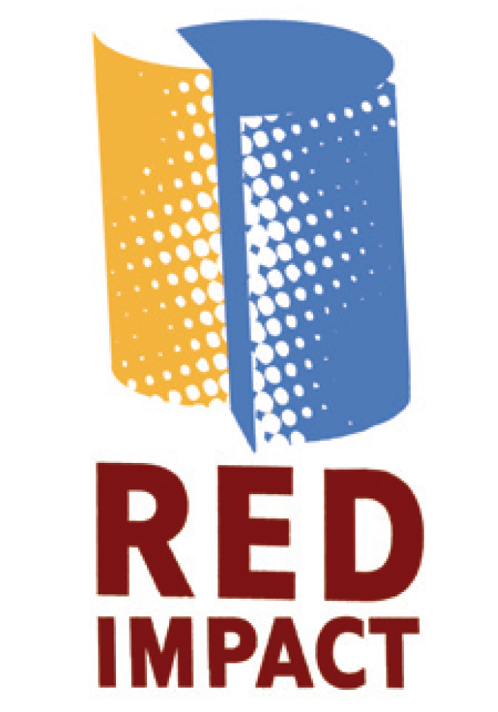Key Topic 8: Strategy for Repository Project Development
This research area concerns issues surrounding the movement from a disposal concept, to an established project, through to facility siting and operation, both in national and multi-national projects.
Overview
This research area involves RD&D and networking activities that contribute to the 2040 Vision second pillar, “Optimise and Industrialise”, and/or the third pillar, “Tailor Solutions”. More specifically, the research area covers how to move from a disposal concept, to an established project, through to facility siting and operation, both in national and multi-national projects. Although the steps are almost identical in both cases, the multi-national dimension adds further complications.
Objective
The objectives are to:
- identify the various aspects of the transitions from one project step to another;
- identify the decision-making processes for each project step;
- identify the underpinning knowledge and technologies needed in each step; and
- additionally, consider the above objectives from the viewpoint of shared (multi-national) solutions.
Establishment of the strategies and procedures for transitions between project steps at an early stage accelerates the decision-making process and helps to avoid mistakes. It also benefits the decision-making process if consistency across WMOs in the steps and procedures applied is achieved.
The transition from surface-based site characterisation for the site selection process to exploring the sub-surface at the selected site is complex and, depending on the regulatory framework, may require a separate licensing step. It does require a major shift in planning to include subsurface exploration, monitoring (see Key Topic 6) and performance confirmation, and it requires specifying aspects of the design of the future repository. One possible strategic
decision during the course of repository planning is retrievability/reversibility (e.g. whether it is a national requirement and how long reversibility should be possible for). Another consideration is that of facility security and international safeguards requirements, both technical and political (the latter aspect is being considered by the IGSC). Also, during the different stages of the project, cost estimation is an important part of project management and
needs to take into account the long durations and complex nature of geological disposal projects.
The current development of repository systems addresses mostly the disposal of power reactor spent fuel and/or HLW rather than spent research reactor fuel (SRRF), which is relevant to some small inventory member states (SIMS) programmes. For SIMS, the small quantities of SRRF are particularly difficult to manage and disposal options need to be developed. One disposal option, for small inventories and specific types of waste, could be Deep Borehole Disposal (DBD).
About half of the EU Member States are considering shared RWM disposal solutions. A core issue with shared RWM solutions is how to move from one project step to another. Using one or more practical case studies it can be shown how participating Member States can work together to establish how a route can be found through these steps. Progress of the EURAD ROUTES Work Package, including the recently proposed second wave extension to the project which addresses some issues relevant to SIMS, will be followed carefully to avoid duplicate work.

